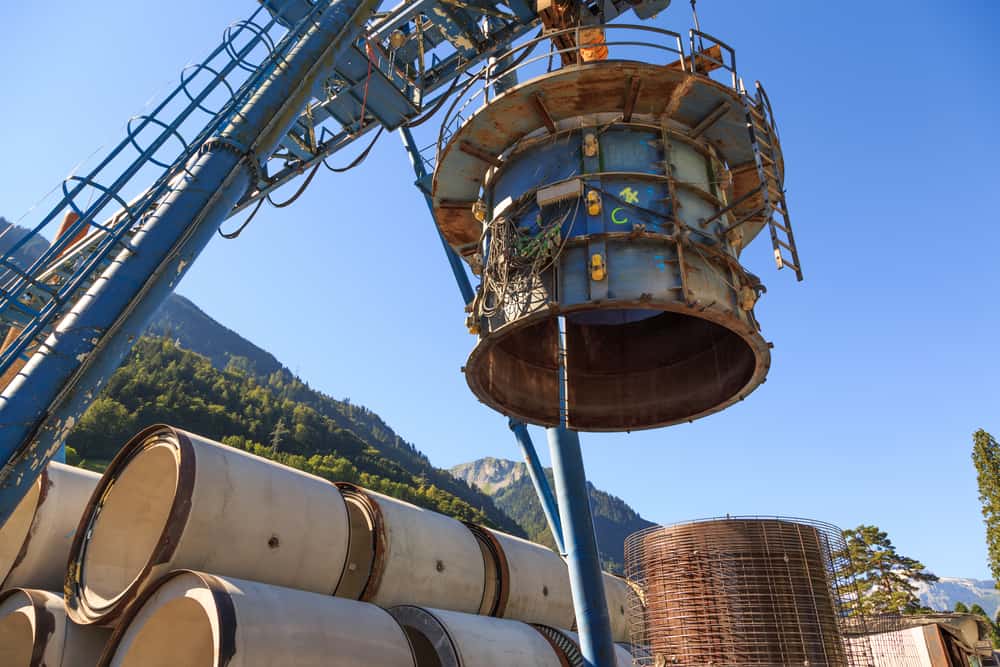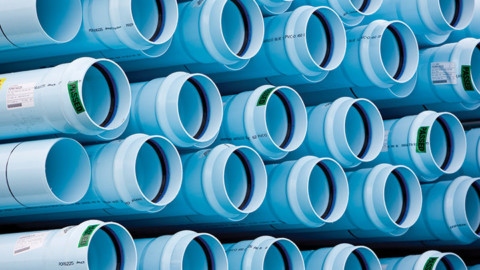It is not uncommon for microtunnelling contractors to arrive on site and find the ground conditions are different to the geotechnical information provided. This is problematic for most microtunnelling projects as most machines are not designed to allow easy access to the cutter head once an installation has started. So if you don’t have the right equipment and you encounter rock, project costs and time can increase.
Microtunnelling, as a trenchless installation method, by nature is non-man entry, so contractors do not have the ability to get up to the cutter head physically in order to change the tooling. This leaves two options: to dig up the cutter head to change it, or retract the cutter head before changing it. Which method you will be able to use will be determined by the machine you are using.
If we are to look at the microtunnelling machines on the market, we can divide them into two categories: those that do not allow the cutter head to be retracted and those that do.
Most mictrotunnelling machines available fall under the first type; they are designed to only go forwards so they do not allow the operator to retract the cutter head when it hits ground conditions it is not suited for. So if a contractor is in a situation where the ground condition suddenly changes to rock, the only option available is to dig a shaft down to the head in order to change it.
This has a number of drawbacks though. Firstly, it will increase project time and costs as there is a lot of extra labour needed just to change the cutter head. On top of the extra labour, there are additional restoration costs for the area that was dug up to retrieve the head. The fact of the matter is, if the contractor is expecting certain ground conditions and the machine unexpectedly hits rock, it’s almost guaranteed that they haven’t allowed for rock in the original project price.
Secondly, this defeats the purpose of choosing a trenchless method of pipeline installation as you’re excavating additional ground. Depending on where the cutter head has stopped, these problems could be compounded, especially in urban areas which may pose increased challenges to being able to do this if it’s under a road, rail line or other existing infrastructure.
The alternative to excavating the cutter head out of the ground is to always allow for rock, but then clients will also be paying a premium for every job because the machine will be running rock tooling on every cutter. To do this is fairly expensive for the contractor so they will need to offload the cost to the client.
The second type of microtunnelling machine are those designed to retract. Machines, such as the Vermeer AXIS guided boring machine, have been designed to go both forwards and backwards. In the situation where the cutter head needs to be changed because of changed ground conditions, the operator can retract it back to the entry pit where it can be changed. Displacement machines also have this capability but they have their own range of issues.
The benefit of machines that can retract is that they allow the contractor to perform a pilot line before installing the pipe, so they can choose the best cutter configuration before committing to the final jack. This reduces the chance of a failed installation and saves time and money when the cutter head does need to be changed.
About Stuart Harrison
Global microtunnelling pioneer Stuart Harrison is the Managing Director of Edge Underground, where he specialises in on-grade microtunnelling installations with millimetre accuracy. Stuart is also the inventor of the Vermeer AXIS Guided Boring system, and he is constantly working to improve the effectiveness of this and other trenchless systems used in the installation of gravity sewers. To discuss your next microtunnelling installation, contact Stuart on 1300 JACKED or at [email protected].


















